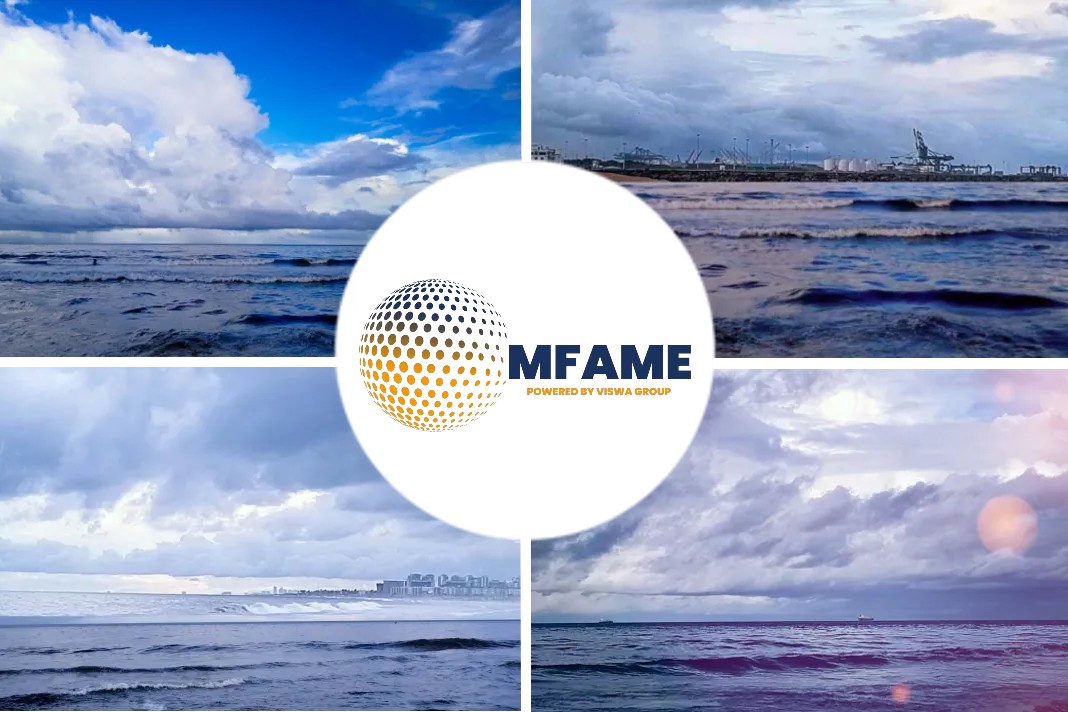Japan is trying to strengthen its presence in the international maritime sector and has set a target of net-zero greenhouse gas (GHG) emissions by 2050 as a goal for the shipping industry, reports Argus Media.
The country is also encouraging its domestic shipbuilding industry to take the initiative to supply greener vessels.
Net-zero GHG emission target
Japan’s ministry of land, infrastructure, transport and tourism (MLIT) last month launched the enhanced marine emissions target to achieve net-zero GHG emissions from ocean-going vessels by 2050, jointly with the US, the UK, Norway and Costa Rica at the International Maritime Organisation’s (IMO) Marine Environment Protection Committee (MEPC) meeting, ahead of any other countries.
The MEPC has recognised that it needs to strengthen its GHG emissions targets to net-zero by 2050, and MLIT is considering taking the lead to set up a concrete plan to achieve this, with an appropriate carbon pricing and carbon levy scheme, MLIT said. The IMO currently requires that vessels reduce GHG emissions by 50pc and CO2 emissions by 70pc by 2050 compared with 2008 levels.
MLIT strongly anticipates that this net-zero emissions target will encourage the Japanese shipping industry to take the initiative in building vessels that can run on alternative marine fuels, such as ammonia and hydrogen.
Ammonia/hydrogen-powered marine engines
Japan’s major shipowners NYK Line, Mitsui OSK Lines and K Line have all set a target to achieve net-zero GHG emissions by 2050. This is also expected to prompt domestic shipbuilders to launch greener vessels.
Japan has been developing ammonia/hydrogen-powered marine engines, starting with tugboats and ferries, and the technology for large coastal and ocean-going ships is expected to be developed by 2025.
MLIT in October allocated ¥32bn ($282mn) in subsidies for four cross-industry groups to develop ammonia and hydrogen-fuelled ships, as well as cut methane slippage from LNG-fuelled marine engines, supported by the government’s Green Innovation Fund, which was set up for Tokyo’s 2050 decarbonisation roadmap.
Japan is targeting the commercial launch of an ammonia-fuelled ship as early as possible — before 2028, and possibly even around 2025 — as global decarbonisation efforts have been accelerating, while LNG will remain a key bunker fuel and act as a bridge to alternatives from conventional marine fuel oil, MLIT said.
MLIT is also encouraging discussions on LNG and ammonia bunkering, to increase the number of LNG/ammonia-fuelled ships and reduce GHG emissions, even before hydrogen-fuelled vessels are commercialised.
Ammonia bunkering
LNG barge deliveries are currently only operated in the country’s central Ise/Mikawa bay, but LNG barge operations in the Tokyo bay area are expected to start in February or March next year. Meanwhile, Japanese firms are studying LNG bunkering in Setouchi and Kyushu, to expand LNG bunkering areas to western and southern Japan. LNG barge deliveries will be covered in all of Japan’s main sea lanes if the project succeeds.
MLIT has also started discussions on ammonia bunkering with the Japan Coast Guard, which establishes port safety standards. The country’s port regulations are strict, limiting bunker opportunities for ocean-going vessels even for conventional bunker fuels. This will be one of challenges to introduce ammonia as a marine fuel, but ongoing studies on building the ammonia supply chain could support ammonia bunkering in the country.
Japan is exploring ammonia imports which are initially expected to be used for ammonia co-firing at coal-fired power plants to reduce CO2 emissions. Ammonia bunkering could be undertaken near the coal-fired power plants, utilising infrastructures from the power generation plants.
Did you subscribe to our daily Newsletter?
It’s Free! Click here to Subscribe
Source: Argus Media

























